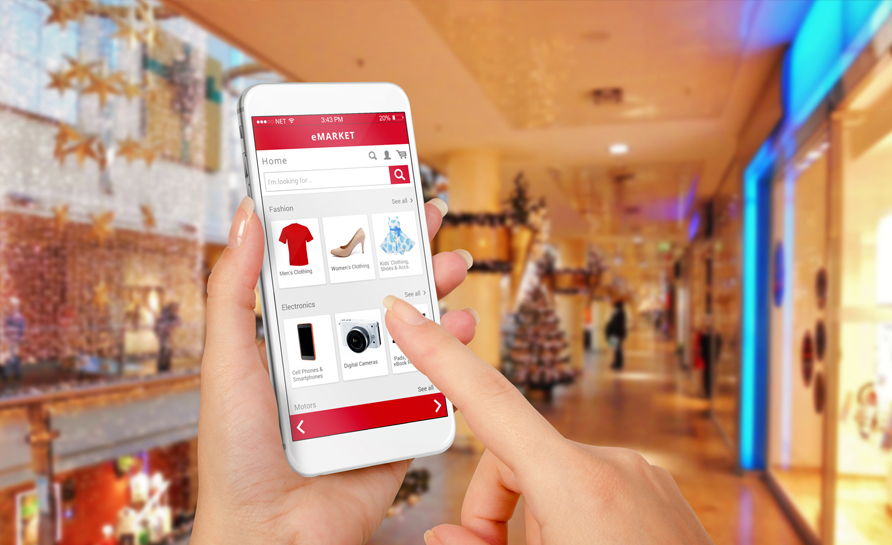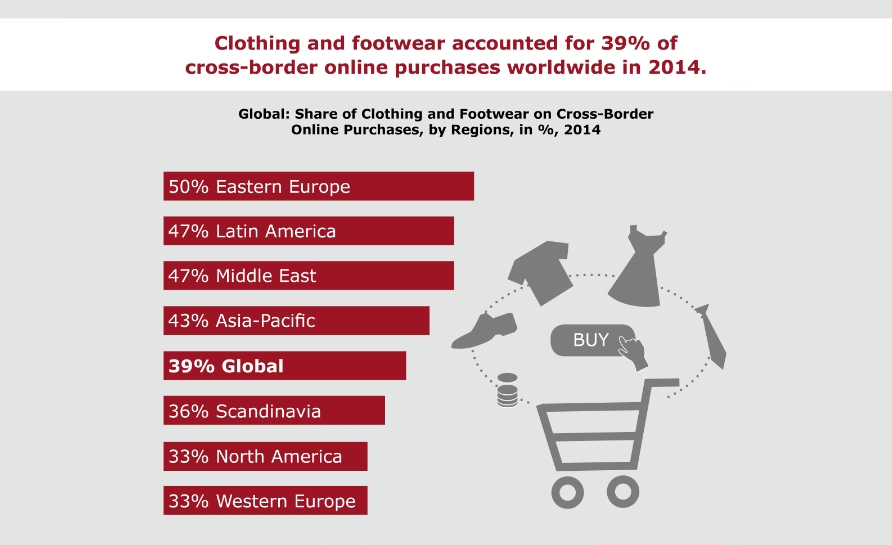

The concepts of e-commerce and e-marketplace have revolutionized the fashion industry in more ways than one. Not only can one shop from the convenience of the home, one can ensure that favored brands will still find a way into their wardrobe. Sales through online platforms are a rapidly growing sources of profit generation for many businesses. More people than ever are using online retailers for their fashion purchases. The amount of revenue being created by those people has allowed businesses to grow amid the chaos of the pandemic and has become an integral to their success.
The fashion industry in collaboration with e-commerce acts as a tool for innovation as well as growth and has been at the forefront for multiple technological breakthroughs. The concept of e-commerce has transformed the fashion industry, allowing consumers to shop from the comfort of their own home.

E-commerce has enabled luxury fashion to be widely accessible to a worldwide market, and forms a significant part of the global economy. Research has also indicated that apparel sales on e-commerce portals have exceeded expectations, while surpassing sales in all other categories.
In India, e-commerce portals have significantly contributed in sales of regional apparel. Right from special variants of ethnic wedding dresses to traditional costumes, the onset of shopping in the digital age has brought Indians handicraft heritage into the limelight.
There are many traditional garments in the country whose sales were originally limited to the geographical area where the weaving community was located. However, nowadays even small and medium enterprises can get an e-commerce portal built and offer their products to a larger audience. The rise of e-commerce is one of the biggest reasons for traditional and regional apparel becoming trendy.
E-stores help consumers order fashion products of their choice, sitting right at their home. E-commerce websites also integrate various technologies to their website that assist in the process of shopping. E-business is not merely limited to the established fashion economies of the world. It is also valid for the emerging fashion economies like India, China, Brazil, and South Africa, countries that are growing fast in terms of Gross Domestic Product (GDP). Textiles and fashion products are their biggest strength when it comes to export revenue. The use of internet is rising in these countries, and so is the use of internet for shopping.

According to Christian Smales, fashion ecommerce is showcased by a range of emerging characteristics. These include:
· Presentation – The design of any ecommerce website is its lifeblood. It has to be convenient to read and use, and it also needs to stand out.
· Service that excels – Many of the best online retailers use promotions and customer service together. By intertwining them, it binds customers to the brand and creates long lasting brand loyalty.
· Loyalty schemes – The clearest way to build brand loyalty. Reward customers who return again and again. Loyalty schemes are showcased across almost any ecommerce-based business.
· Alternative marketplaces – The biggest brands tend to offer other ways to buy their products.
· Live chat – An easy way for customers with queries to get in touch.
· Automation – The entire process can be done without conversation with another person. Purchases are made, simply with a few clicks
Non-users of online retailers fear from using websites because it is a common misconception that online sites are not protected. But modern e-commerce sites for fashion are well equipped in terms of safety. With the advancements in technology, this area is only expected to improve in the near future. E-business houses offer heavy sales and discounts as compared to the clothing purchased from physical stores; they find this easy because they normally purchase products in bulk. Many online retailers offer free shipping services, and many times consumers get products delivered to their door steps for a comparatively lesser price.
It’s absolutely incredible how e-commerce sites can be used to turn visitors into consumers of apparel fashion.